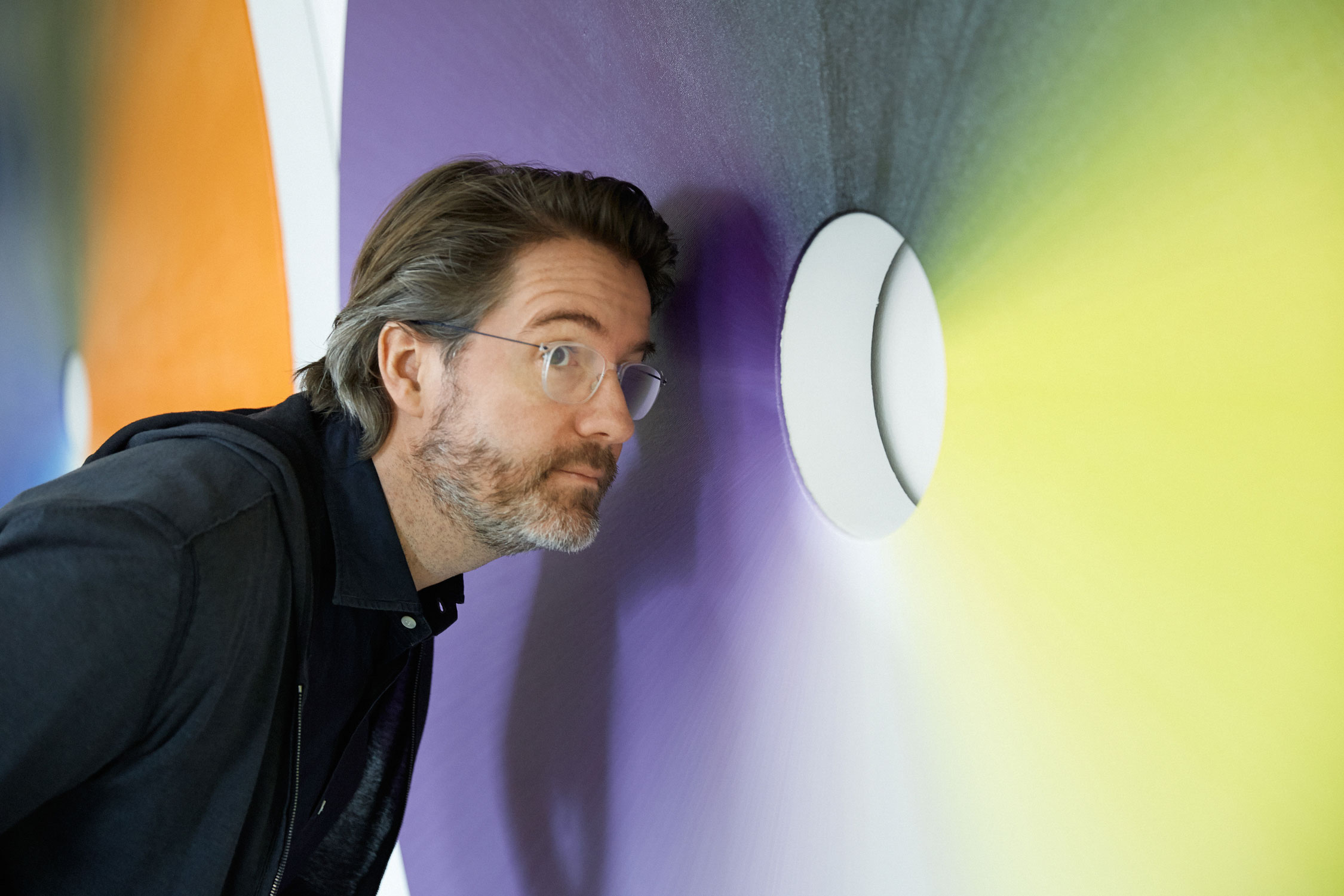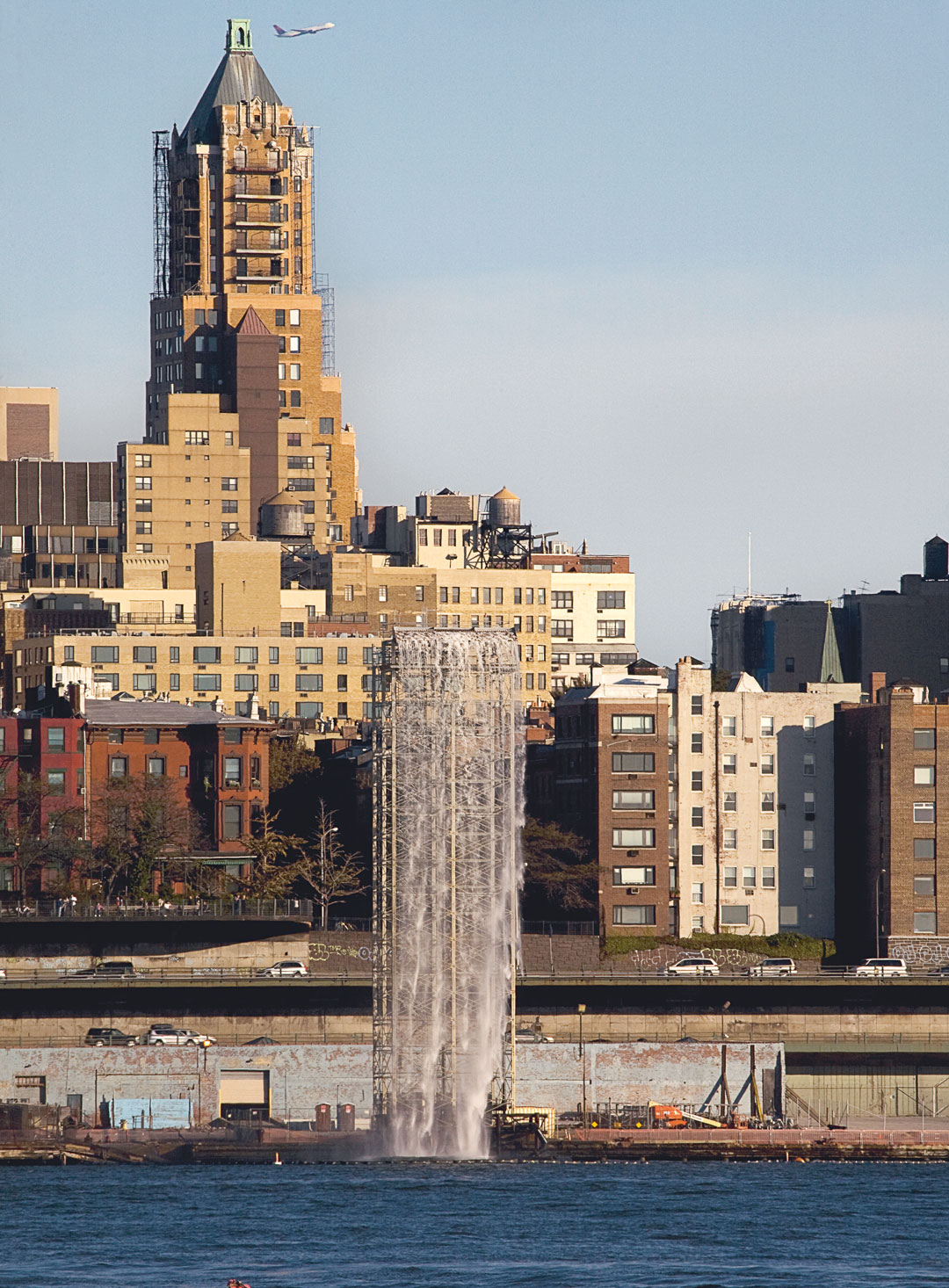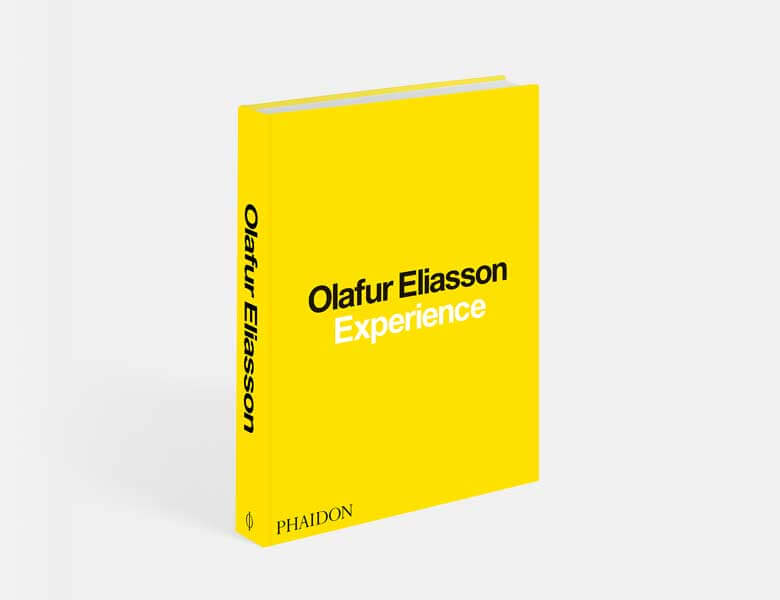
‘Encountering a work of art is about recognition, about feeling listened to’ - Olafur Eliasson on art, Experience and uncertainty
Olafur Eliasson isn’t the kind of artist who paints a picture, consigns to a gallery, and hopes they hang it the right way up.
The manner in which the audience takes in his work is vitally important to him. As the Danish-Icelandic artist explains in an interview with his long-standing collaborator, Anna Engberg-Pedersen – published in our forthcoming book, Olafur Eliasson Experience – the way people see, feel, and even smell his art are all crucial.
“To make art, for me means to be in dialogue with the world,” he says. “People may not always like my ideas or artworks, but even so I am acknowledged as a speaker, as a contributor, which makes me feel I’m part of the times I live in.”

Those works might be as small and benign as Little Sun, a small, affordable solar lamp, developed to provide clean light to communities without electricity, or as powerful and majestic as the artificial waterfalls Eliasson installed around New York City back in 2008. In every case, his art is made to be experienced. The only problem is, everyone's experience is slightly different.

“You never look at something as if for the first time,” Eliasson explains. “Your gaze is essentially old, even though the artwork might be new to you. Your gaze is shaped by your past experiences and by your expectations. Encountering a work of art is, to a great extent, about recognition and identification, about feeling listened to – and then there’s an element of surprise and uncertainty."
Eliasson appreciates these difficulties, but doesn’t shy away from them. Instead, he welcomes ambiguity, while, simultaneously trying to second-guess a gallery goer’s likely responses. As he explains in our new book, “I integrate what I expect people’s expectations to be into the artwork. I am keen to make works that exist to be seen while also inviting reflection on how they are seen.”

For more on Eliasson's experiential art order a copy of Olafur Eliasson Experience here. And to see Olafur Eliasson talk at the Southbank Centre's Queen Elizabeth Hall in London on October 26 go here.